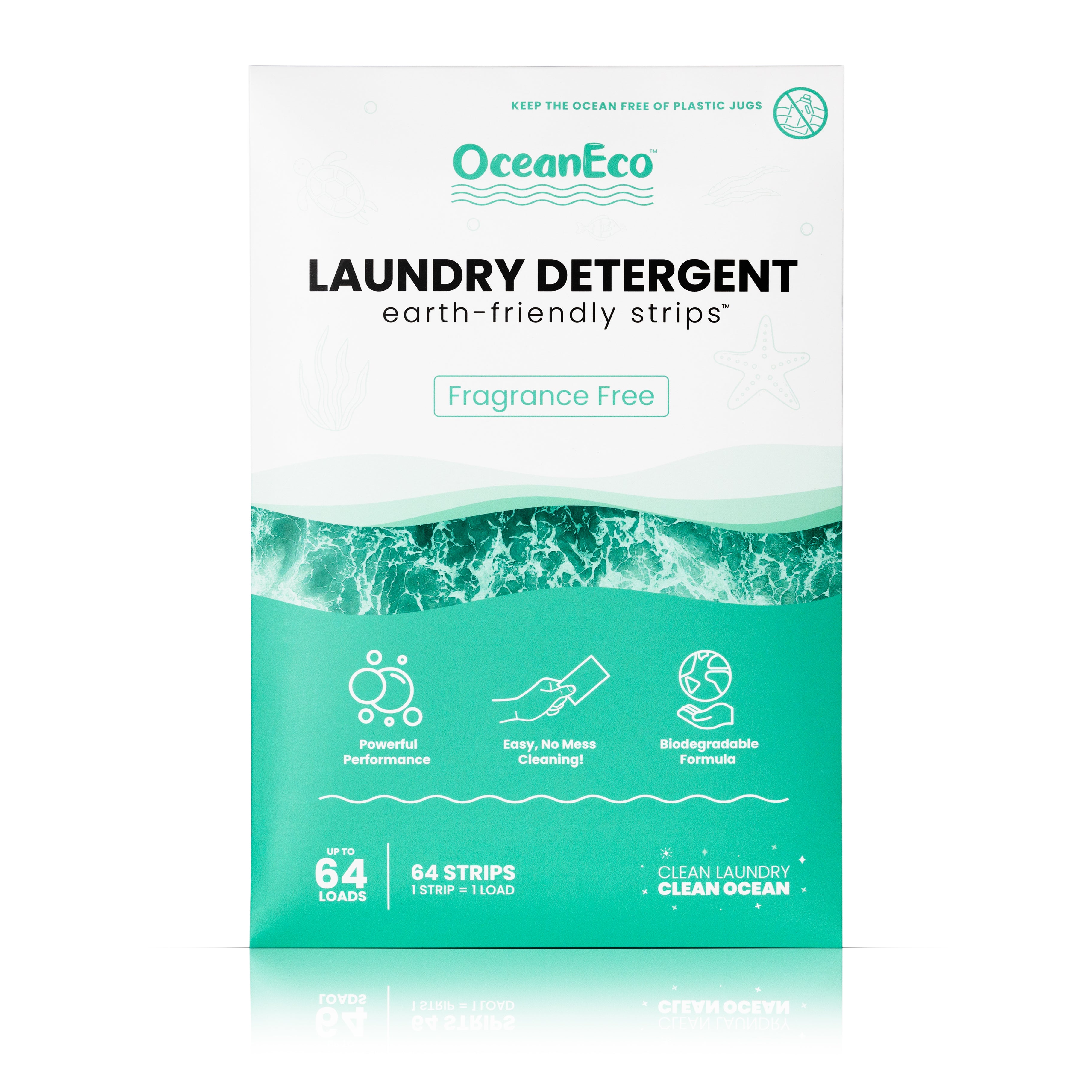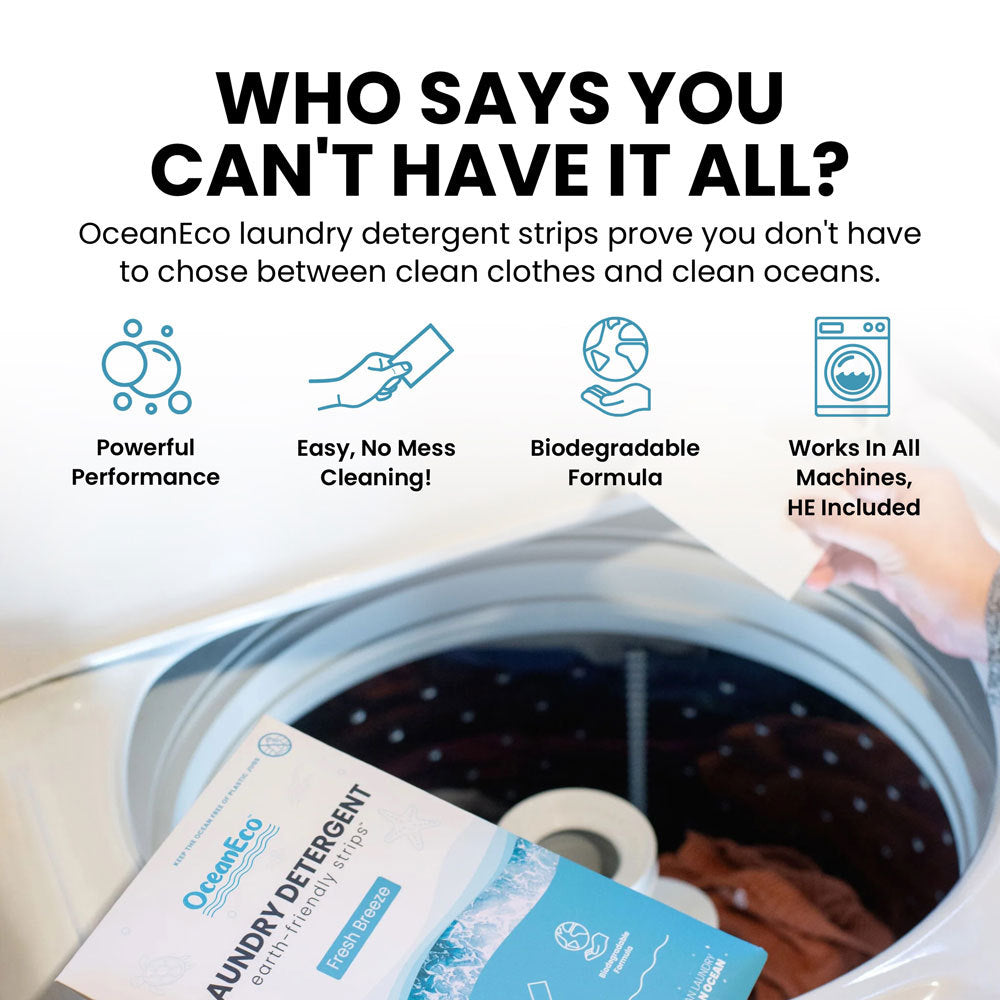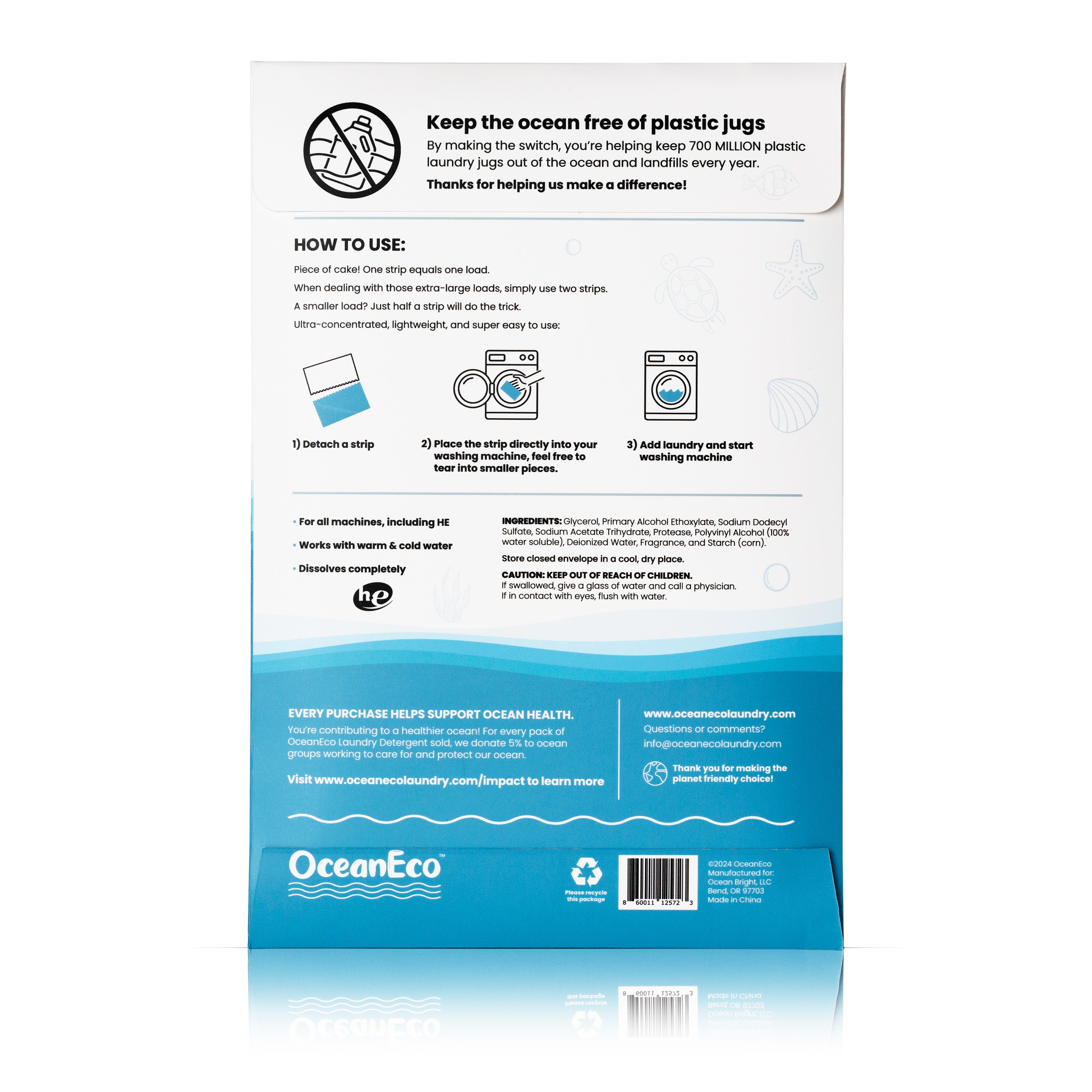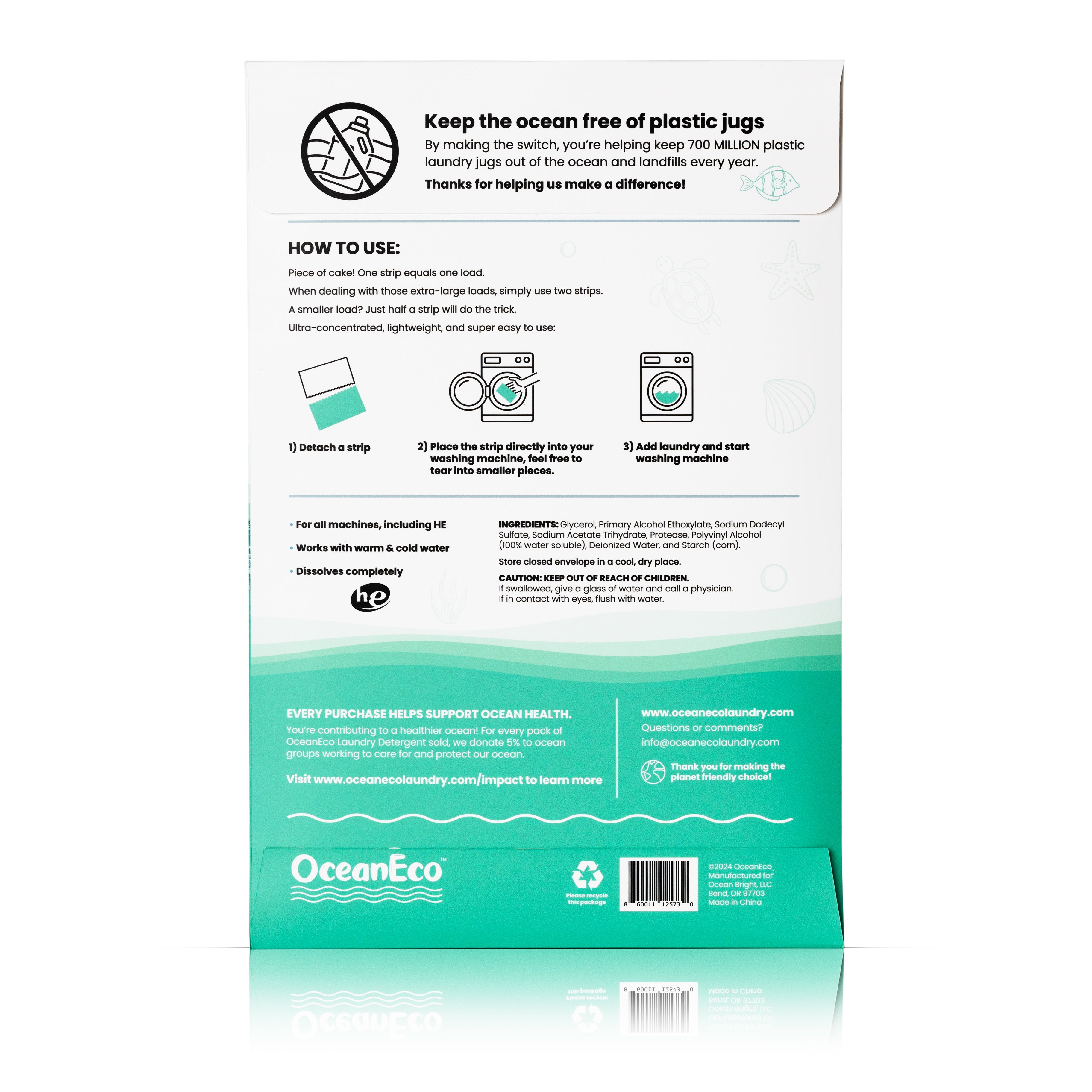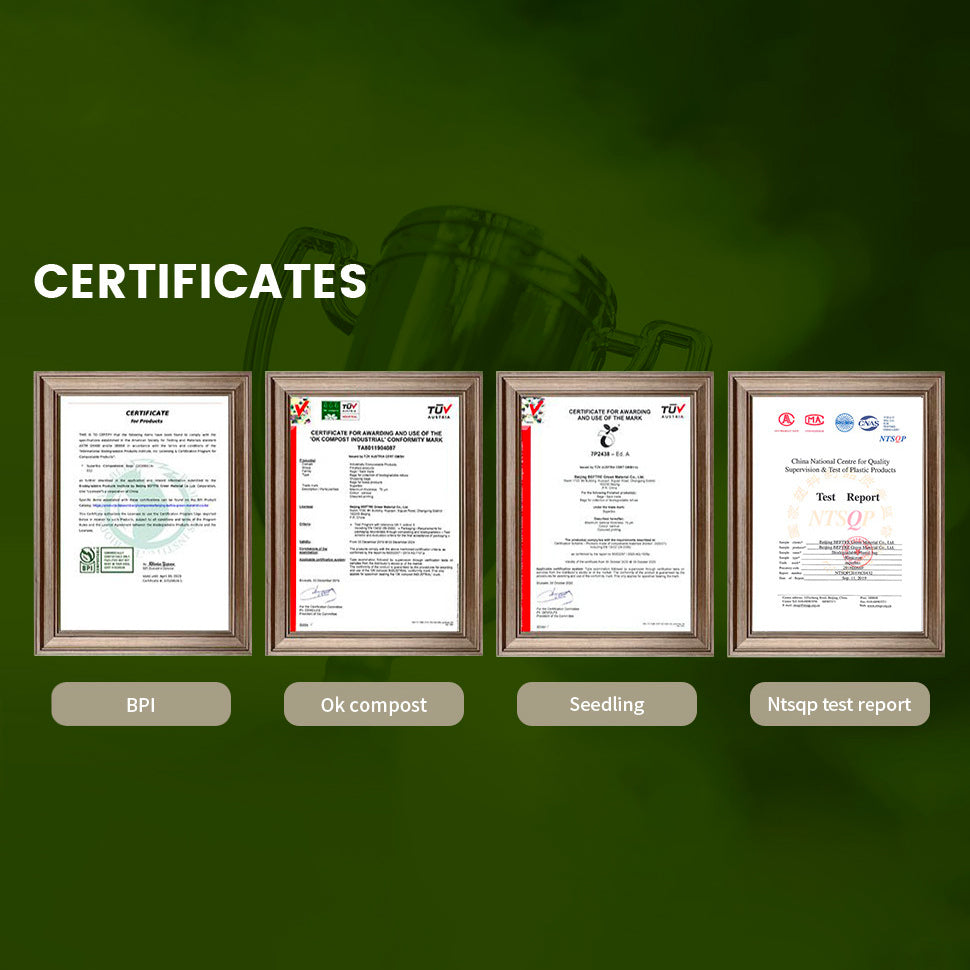High Tech Alerts Give Endangered Whales a Fighting Chance
The North Atlantic right whale is one of the most endangered marine mammals in the world, with fewer than 370 individuals remaining and only about 70 breeding females. Ship strikes remain one of their deadliest threats. These collisions are often fatal because the whales swim slowly near the surface, blend with the water, and lack a dorsal fin, making them hard for vessel operators to spot.
Conservationists and the maritime industry are now betting on advanced technology to change that.

Photo: Wikimedia Commons / Lisa Conger and Elizabeth Josephson/NOAA Fisheries, License: Public Domain
Fewer than 370 North Atlantic right whales remain alive today.
Real-Time Warnings Through AIS Technology
A partnership between the International Fund for Animal Welfare (IFAW), MotionInfo, Conserve.IO, and Stellwagen Bank National Marine Sanctuary is transforming Automatic Identification Systems (AIS) into life-saving tools. Originally designed for vessel collision avoidance, AIS technology now sends targeted safety messages directly to ships traveling through whale habitats, IFAW reports. These alerts—such as warnings to slow down or notifications of entering a speed-restricted zone—appear on navigation displays in real time, prompting immediate action.
The system relies on shore-based AIS stations—compact, waterproof units weighing just 20 pounds. Each station can detect vessel activity and transmit whale safety alerts within seconds. A pilot test in Cape Cod Bay found that 83% of vessels reduced speed after receiving messages, demonstrating a high compliance rate.
Photo: Wikimedia Commons / Pcb21, License: Public Domain
Only about 70 breeding females are left in the population.
Georgia’s Push to Protect Calving Grounds
The only known calving grounds for the species are off Georgia’s coast, where mothers give birth and nurse their young each winter. These waters overlap with busy shipping lanes, putting calves and pregnant females at high risk. The Georgia Conservancy is working to install seven AIS beacons along the coast to create a warning network for vessels entering critical habitats during calving season. These alerts encourage captains to slow down, significantly lowering collision risk.
The plan would link Georgia into a broader East Coast network, ensuring protection throughout the whales’ migratory route from Canada to the Southeast.

Photo: Wikimedia Commons / NOAA Gray's Reef NMS, License: Public Domain
Ship strikes are a leading cause of right whale deaths.
Integrating Whale Detection into Navigation Systems
While AIS alerts are a major step forward, researchers are also advancing vessel-based whale detection. The Whale and Vessel Safety (WAVS) Task Force, along with companies like Garmin, is exploring how to integrate detection tools directly into recreational and commercial boats. As Soundings reports, Garmin recently added an AIS messaging feature capable of sending targeted whale safety alerts to existing navigation units.
At the same time, Woods Hole Oceanographic Institution is deploying buoys equipped with passive acoustic monitoring systems that can listen for whale calls, classify them, and transmit location data to agencies, which then issue alerts. While each buoy costs between $250,000 and $300,000 and has a limited detection range, they provide valuable data in high-traffic areas like ferry routes.

Photo: Wikimedia Commons / NOAA Fisheries/Peter Duley, License: Public Domain
Collisions are often fatal to pregnant whales and calves.
Building a Coast-Wide Safety Net
The long-term goal is to integrate multiple detection methods—acoustic buoys, aerial surveillance, tagged whale tracking, and prey distribution modeling—into AIS messaging systems. According to MotionInfo, this combination can give mariners the most accurate, real-time picture of whale presence.
Scaling up this infrastructure will require more AIS stations along the East Coast. Currently, active sites exist in Massachusetts, Virginia, Georgia, and Florida, with more planned for high-risk whale areas in New York, New Jersey, and North Carolina.
A Future of Coexistence
Marine experts stress that technology alone will not eliminate risk. But by combining advanced tracking, instant communication, and coordinated enforcement, it’s possible to drastically reduce vessel strikes. This approach gives the North Atlantic right whale a fighting chance at recovery—and a future in which whales and vessels can share the ocean more safely.
































































































































































































